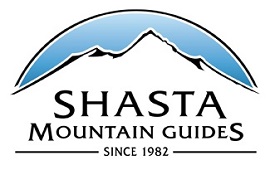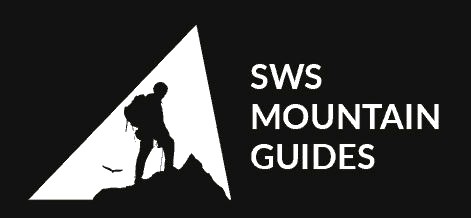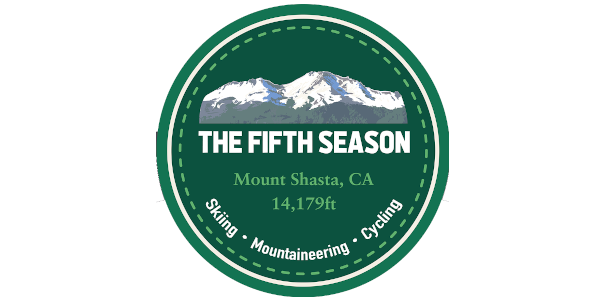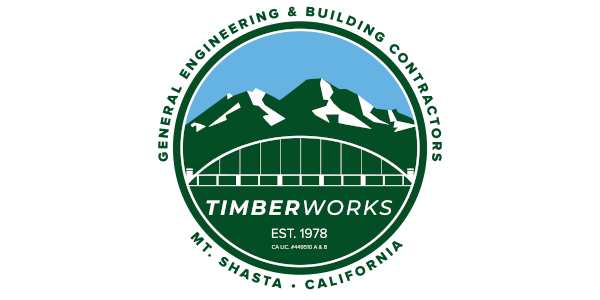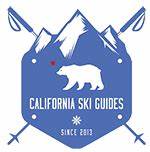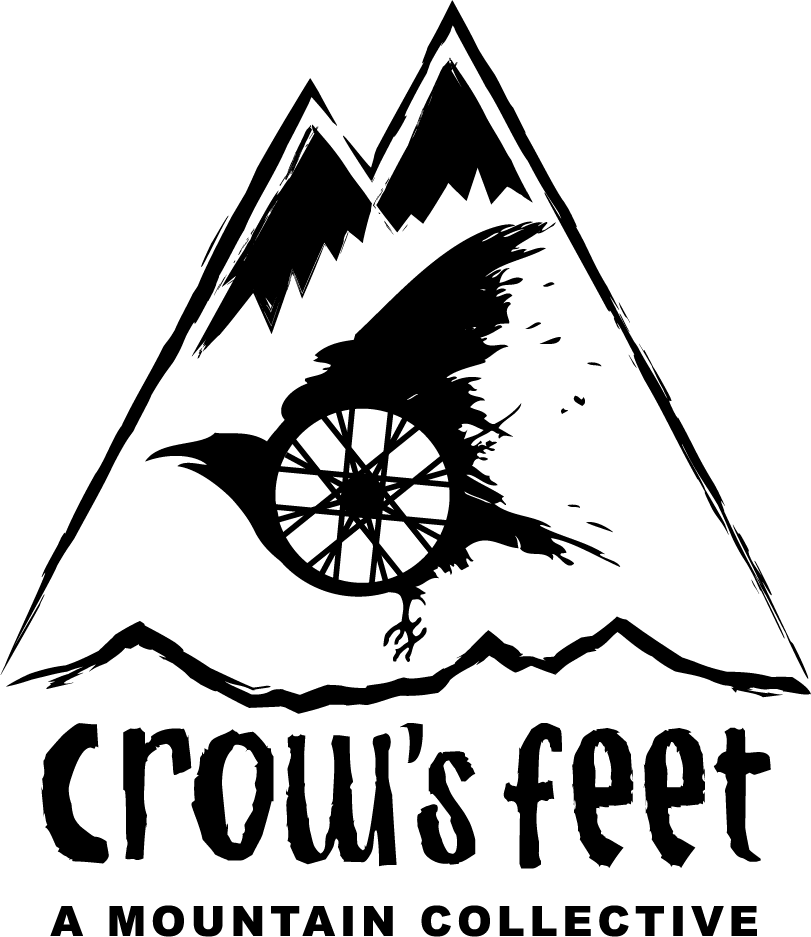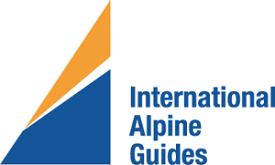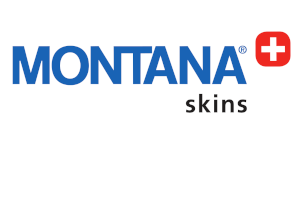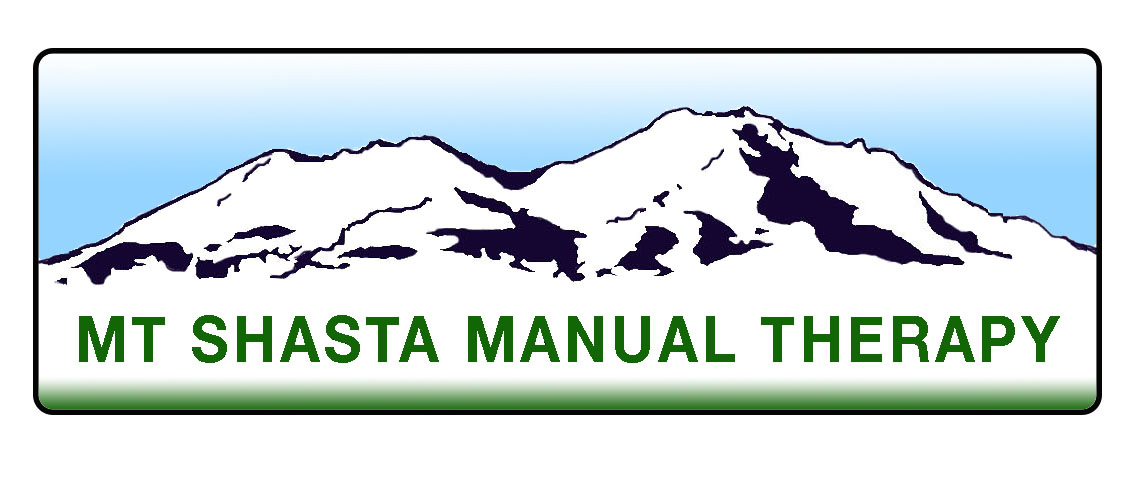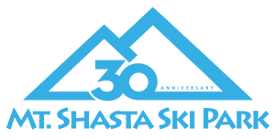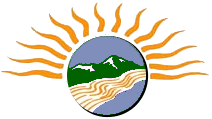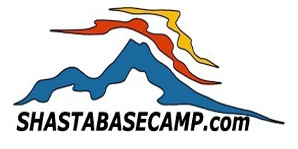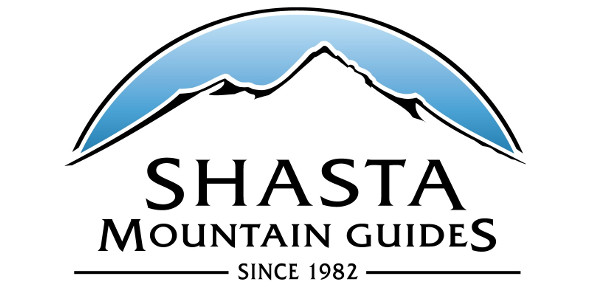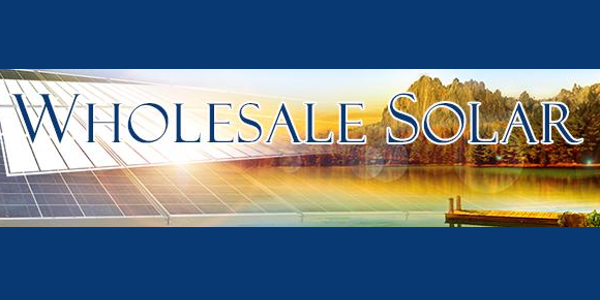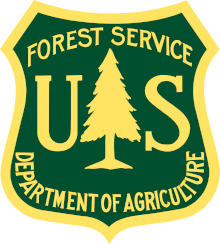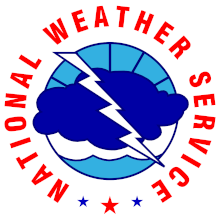You are here
Avalanche Advisory for 2015-02-01 06:58:49
- EXPIRED ON February 2, 2015 @ 6:58 amPublished on February 1, 2015 @ 6:58 am
- Issued by Nick Meyers - Shasta-Trinity National Forest
Bottom Line
The overall avalanche danger is LOW for the forecast area. Carry a beacon, shovel and probe.
Other hazards include: Icefall off exposed rocks onto climbers/skiers below, and smooth, firm snow on the upper mountain creating 'slide-for-life' conditions. Immediate self-arrest skills are mandatory should one slip and fall.
Know how to use all your equipment!
Avalanche Problem 1: Normal Caution
-
Character ?

-
Aspect/Elevation ?
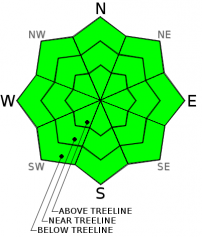
-
Likelihood ?CertainVery LikelyLikelyPossible
 Unlikely
Unlikely -
Size ?HistoricVery LargeLargeSmall

Overall, LOW avalanche danger exists in the forecast area. Carry a beacon, shovel and probe and know how to use this equipment.
Photo: Sunset ski in Powder Bowl - Photo: S Stem
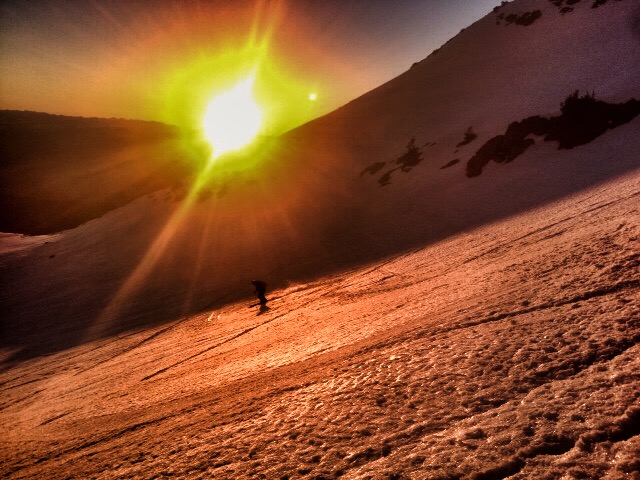
Recent Observations
We've been hard pressed to find any signs of instability for....a while here in the forecast area. January recorded only .48 inches of water for Mt Shasta City, normal is 7.06 inches. Even with our very warm spell last weekend, we had zero observed loose/wet roller balls and/or point release instabilities in the forecast area. Pit profiles and stability tests have confirmed our strong, isothermal (equal temperature) snowpack and in general we've measured 68 inches of snow near treeline on Mt Shasta (7,600-7,900 feet).
We've overheard some comments as of late from pent up powder hounds like, "Winter is OVER...grumble, grumble, blah-blah..!". We dont like to jump to conclusions like this here at the MSAC. However, we are much more prone to conclude that the week ahead and next weekend looks promising for a move back towards Winter! The out-of-season, massive corn harvest that has been taking place was fun, but we are still yearning for, "frozen fingers and raging wood stoves", said Chris Carr. Agreed, sir!
The week will be comprised of two storms, one smaller storm early in the week and one larger storm later in the week and into next weekend. Both these storms will arrive with moderate to strong winds near and above treeline and high snow levels. Freezing level forecasts for the first wave of weather, set for late tonight through Tuesday, will start near 8,000 feet or slightly above and begin drop to as low as 7,000 feet. Precipitation amounts total up to .41 inches by end of storm Tuesday. Wednesday we'll get a break. Beginning Thursday, the larger of the two storms is predicted to arrive and bring us a steady stream of water to Northern California. We are really hoping temperature forecasts are wrong and will drop a few degrees, since as of today snow level predictions are at 7,000 to 8,000 feet.
The avalanche danger is LOW today, 2.1.15. However, new snow expected this coming week (2.2.15) accompanied by moderate to strong winds, near and above treeline in the forecast area, will cause the avalanche danger to rise. Our up and coming predictions are two fold: Avalanche terrain above the freezing level, all aspects, will see storm slab potential as new snow falls on old, firm and smooth snow surfaces. Second, wind slabs will form on leeward (likely NE-E-SE-S-SW slopes) above the freezing level and both said avalanche problems could become increasingly touchy to trigger as snow and wind deposited snow piles up. Both these types of avalanches will likely not be a big concern for this first wave of weather since precip amounts are low. Storm and wind slab avalanches will be a concern for next weekend as strong wind and a predicted heavy dollop of snow falls upon our old snowpack. As always, we will have to closely monitor the new snow bonding to old snow surfaces. Remember that even though you may be at an elevation where precipitation falls as rain, you may be exposed to slopes above that are collecting snow. Adjust your route decision making to account for potential exposure to avalanche runout zones.
Firm and slightly icy patches still exist on the mountain at mid and upper elevations... especially on colder, shady slopes that don't see much sun. Even on the south side of the mountain, one can find aspects that face all other directions. Yesterday, a snowmobiler was attempting a highmark in the Old Ski Bowl area near the 10,000 foot level, lost traction, and went for a tumble resulting in a femur fracture and helicopter hoist evacuation. These mid and upper elevation "slick spots" could be most suspect to host bed surface conditions suitable for avalanches.
Climbing conditions have been very good, however take note: climbers headed onto the upper mountain will find smooth and firm snow suface conditions presenting the possibility for "slide for life" incidents... while snow surface conditions as such provide for great climbing, it also ups the ante should one fall. It goes without saying, but bring your crampons, helmet, and ice axe and WEAR A HELMET! Rime and water ice plastered on exposed rocks has been flaking off and falling onto climbers below. Keep your head up and watch for this hazard, especially on the Avalanche Gulch route above Lake Helen. Chunks of ice can be just as hard as a ROCK! No instabilities have been observed or recorded on the upper mountain.
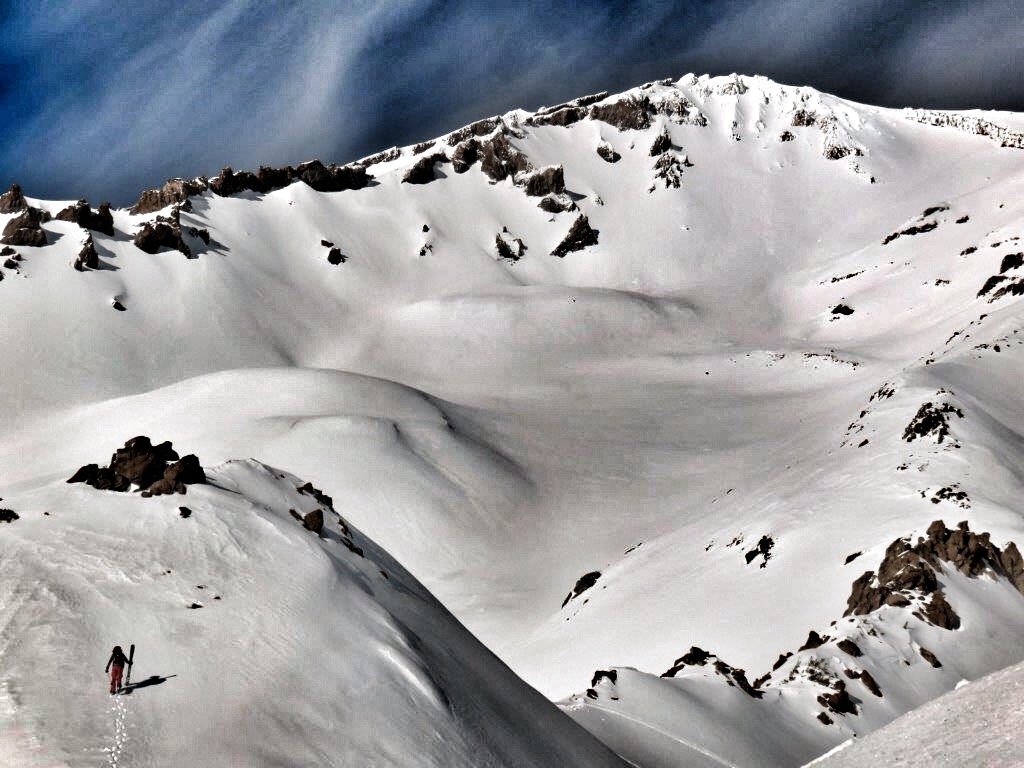
Casaval Ridge on left skyline, Avalanche Gulch, and the lower portion of Green Butte Ridge with skier on Green Butte proper. - Photo: S Rathbun
Report your observations to the MSAC! A photo, a few words... send them in! (nimeyers@fs.fed.us or 530-926-9614)
Castle Lake area has a shallow snowpack. Be careful of shallow buried objects. Skiing has been reported as poor to non-existent.
Sand Flat Winter Trails: OPEN, trail conditions are firm and getting thin with some tree debris on snow surface.
Pilgrim Creek Snowmobile Park: OPEN, however due to lack of low elevation snow, one must drive up the road several miles before enough snow is encountered. One CANNOT DRIVE over Military Pass.
-------------------------------------------------------------------------------------------------------------------------------
Terrain: Remember most of the terrain that we like to play on is greater than 30 degrees. Avalanches are possible on anything steeper than 30 degrees. Avoid cornices, rock bands, terrain traps and runout zones of avalanche paths.
Weather: Most of our areas avalanche danger will occur 24-48 hours after a storm. We still can see persistent weak layers from time to time and we always will be sure to let you know about that! Heed the basic signs: Wind (significant snow transport and depositions), Temperature (rain/snow/rain/snow, which in turn weakens the snowpack), and Precipitation (Snow or rain add weight and stress to the current snowpack).
Snowpack: If snow accumulates, give the snowpack a chance to adjust to the new snow load before you play on or near steep slopes (greater than 30 degrees). Most direct action avalanches occur within 24-48 hours of recent snowfall. Watch for obvious signs of snowpack instability such as recent natural avalanche activity, collapsing of the snowpack (often associated with a “whumphing” sound), and shooting cracks. If you see these signs of instability, limit your recreation to lower angle slopes.
Human Factor: Don’t forget to carry and know how to use avalanche rescue gear. You should NOT be skiing or climbing potential avalanche slopes without having beacons, shovels, and probes. Only one person in a group should be exposed to potential avalanche danger at a time. Remember, climbing, skiing, and riding down the edge of slopes is safer than being in the center. Just because another person is on a slope doesn’t mean that it is safe. Be an individual! Make your own decisions. Heed the signs of instability: rapid warming, “whumphing” noises, shooting cracks, snowing an inch an hour or more, rain, roller balls, wind loading, recent avalanche activity.
The Five Red Flags of Avalanche Danger any time of year include: 1) Recent/current avalanche activity 2) Whumpfing sounds or shooting cracks 3) Recent/current heavy snowfall 4) Strong winds transporting snow 5) Rapid warming or rain on snow.
Weather and Current Conditions
Weather Summary
In Mt Shasta City this morning at 0500, we have a current temperature of 35 F degrees with clouding skies.
WEATHER STATION INFORMATION (0500hrs):
On Mt Shasta (South Side) in the last 24 hours...
Old Ski Bowl - 7,600 feet, the current temperature is 47 F. Snow on the ground totals 67 inches with no settlement and no new snow. Temperatures have ranged from 37 F to 49 F.
Gray Butte - 8,000 feet, The current temperature is 45 F and temps have ranged from 40 F to 51 F in the last 24 hours. Winds have been blowing primarily out of the northwest over the past 24 hours, averaging 15 mph with a max gust to 35 mph.
Castle Lake and Mt Eddy (West side of Interstate-5)...
Castle Lake - 5,600 feet, the current temperature is 48 F. Temps have ranged from 35 F to 50 F in the last 24 hours. The Castle Lake area has up to 1.5 feet of snow on the ground and no new snow over the past week.
Mt Eddy - 6,500 feet, the current temperature is 43 F. Temps have ranged from 37 F to 50 F in the last 24 hours. Current snow depth is 18 inches with no new snow over the past week and one inch settlement. Winds have averaged 3 mph and SW in direction, with gusts to 13 mph from the SW.
WEATHER SYNOPSIS: Today we make a transition into a much welcomed stormy period. It is appropriate as today is February 1st, a new month, new beginning and January is behind us as one of the driest on record, recording just shy of .5 inches of precipitation for the month. Sheesh!
The jist of it all is: Late today through Tuesday we will see mostly cloudy skies and scattered bits of precipitation over the area. Water totals don't look impressive for the Mt Shasta area, but I doubt anybody will complain. Wednesday will provide a brief respite from the wet weather and then a much larger and wetter storm will approach Thursday and into next weekend. This storm looks very wet, albeit warm. We are hoping temperture forecasts will drop some, but snow levels look pretty darn high, near 8,000 feet. Those predictions could easily change however and we're holding out for that change!
Today, as mentioned, we will see the skies begin to cloud with a chance of rain tonight. Models suggest up to .41 inches of water by the end of this storm (Tuesday night) with snow levels between 7,000 and 8,000 feet. Speaking wind, it's going to be a windy week. North/northwest winds will blow consistently 20-30 mph at near and above treeline levels. A short break will ensue Wednesday and then winds will pick back up as the larger storm arrives. Batten down the hatches!
THIS SEASON: Since October 1st (the wet season) , we have received 20.00 inches of water, normal is 22.27 inches, putting us at 89% of normal. For January, we finished off the month at 0.48 inches of water, normal is 7.06, putting us at 6% of normal.
Looking back into 2014, Mt Shasta finished off with 34.36 inches of water with normal being 43.21 inches, leaving us at 79% of normal for the year. For the month of December, Mt Shasta finished at 163% of normal, receiving 12.83 inches of water, normal is 7.85 inches.
Always check the weather before you attempt to climb Mt Shasta. Further, monitor the weather as you climb. Becoming caught on the mountain in any type of weather can compromise life and limb. Be prepared.
| 0600 temperature: | 47 |
| Max. temperature in the last 24 hours: | 49 |
| Average wind direction during the last 24 hours: | Northwest |
| Average wind speed during the last 24 hours: | 15 mph mi/hr |
| Maximum wind gust in the last 24 hours: | 35 mph mi/hr |
| New snowfall in the last 24 hours: | 0 inches |
| Total snow depth: | 68 inches |
Two Day Mountain Weather Forecast
Produced in partnership with the Medford NWS
| For 7000 ft to 9000 ft | |||
|---|---|---|---|
|
Sunday (4 a.m. to 10 p.m.) |
Sunday Night (10 p.m. to 4 a.m.) |
Monday (4 a.m. to 10 p.m.) |
|
| Weather | Mostly cloudy | Mostly cloudy | Mostly cloudy |
| Temperature (°F) | 48 | 36 | 43 |
| Wind (mi/hr) | Northwest 10-15 mph with gusts higher | Southwest 5-10 mph | Southwest 10-15 mph |
| Precipitation SWE / Snowfall (in) | / 0 | / 0 | / 0.10" - .25" water |
| For 9000 ft to 11000 ft | |||
| Sunday | Sunday Night | Monday | |
| Weather | Mostly cloudy, chance of snow in the evening/night | Chance of snow, mostly cloudy | Snow likely |
| Temperature (°F) | 46 | 30 | 37 |
| Wind (mi/hr) | West/Northwest 20-30 mph, increasing through the day, gusts into 40 - 50 mph | West/Southwest 0-.5 | West/Southwest 30-40 mph with gusts higher |
| Precipitation SWE / Snowfall (in) | / 0-.5 | / 0-.5 | / 0-1 |













